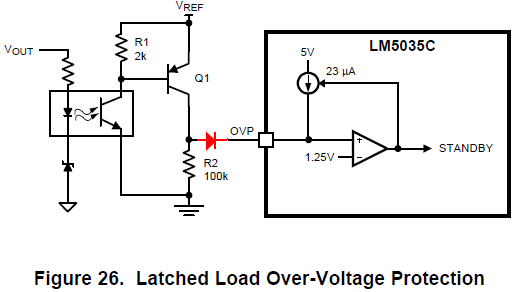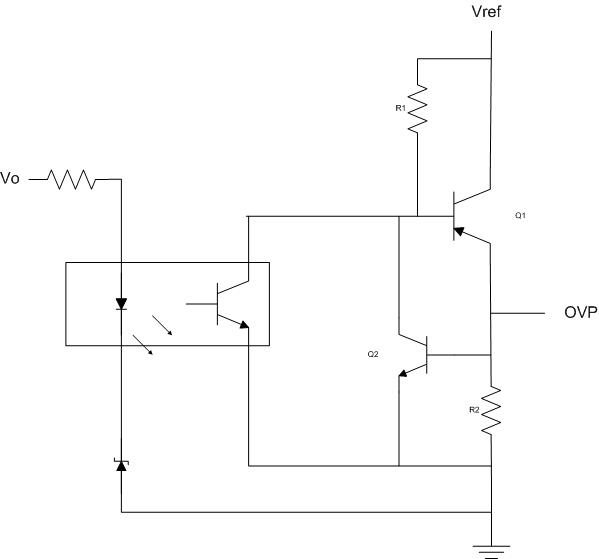Hi Team,
My customer considers to use "Latched Load Over-Voltage Protection" as Figure.26.
He would also like to detect two types of OVP failure by OR-ing connection.
Is it possible to put a diode as the following?
I concern if it can operate "Latched Load Over-Voltage Protection".
Best Regards,
Yaita / Japan disty



